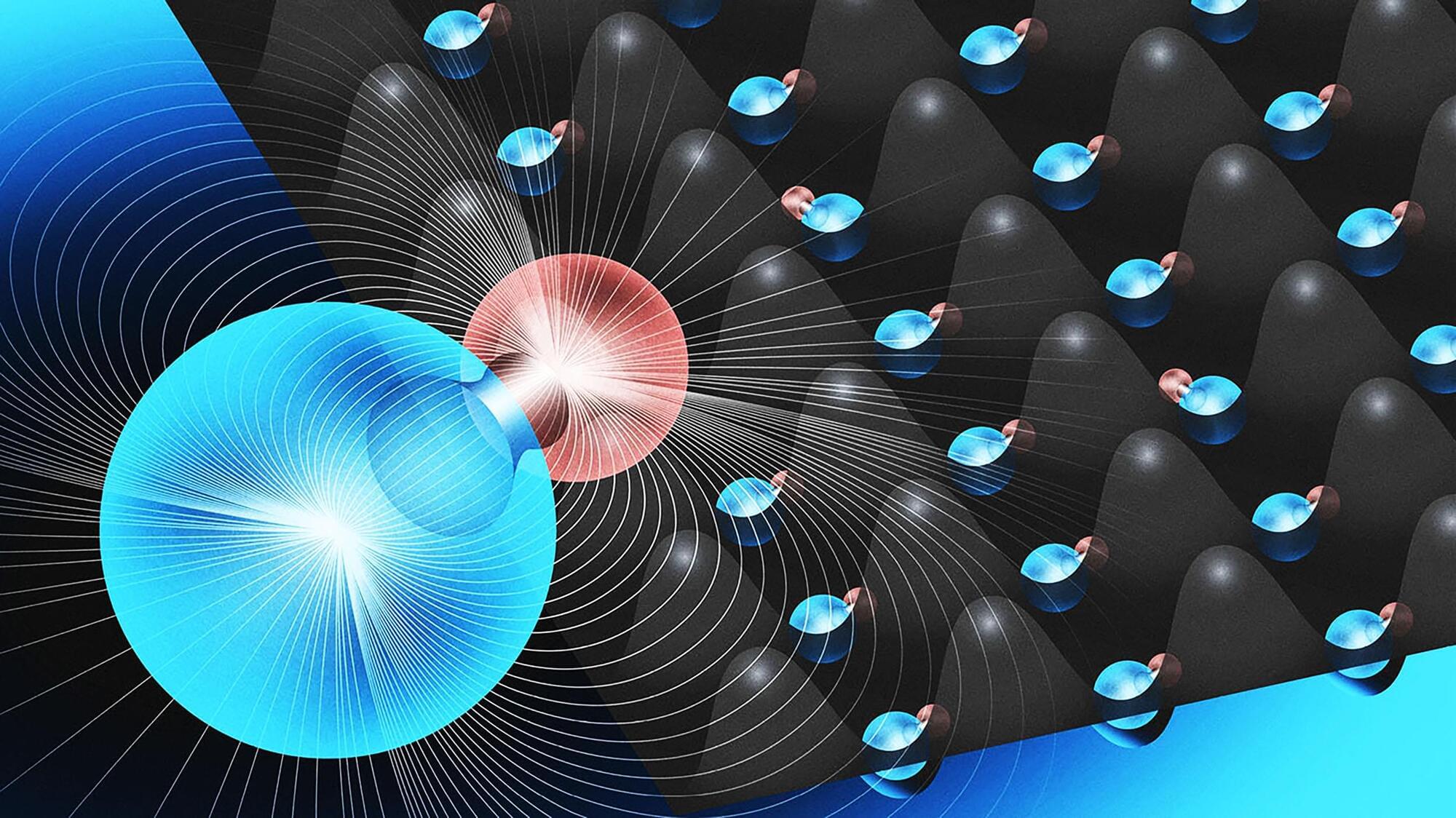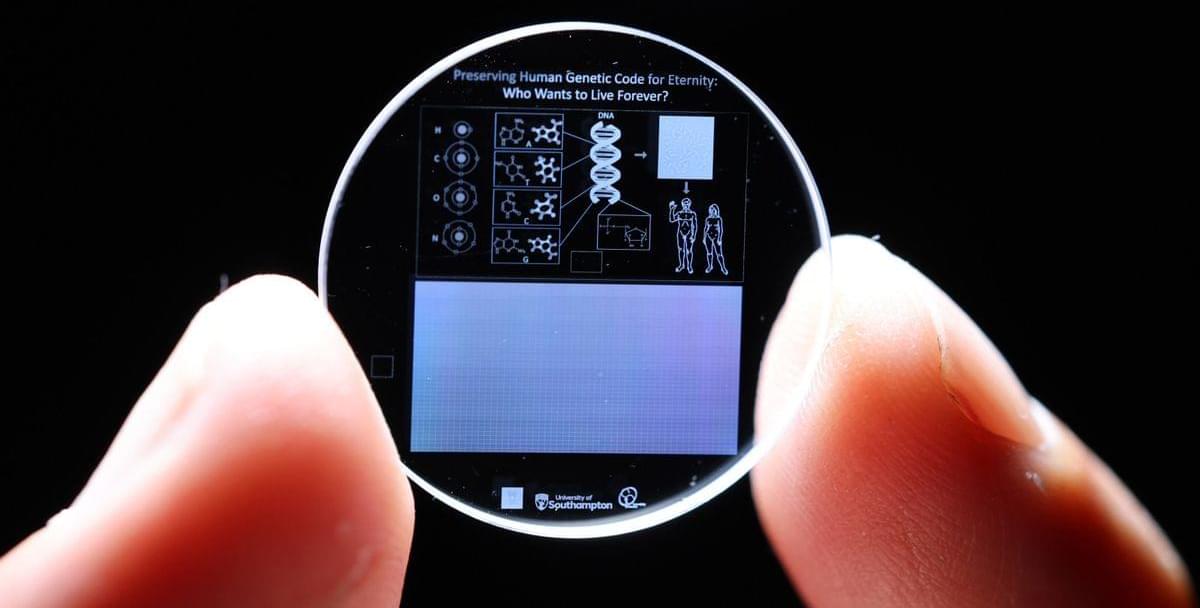The role of electrons and their negative charge in electric current is well established. Electrons also exhibit other intrinsic properties that are associated, for example, with considerable potential for enhancing data storage devices: the electron’s spin or magnetic moment.
To date, however, the selection of specific spins has been challenging. It has been difficult to single out only those electrons with an up-direction of spin, for example. One way of doing this would be to pass a current through a ferromagnet, such as iron. This would result in the generation of a current in which the spin polarization aligns with the direction of the magnetic field.
The alternative option of inducing a current in chiral molecules, i.e., molecules that have no superimposable mirror images, such as helix structures, has been discussed over the past decade. The result is spin polarization of approximately 60–70%, a level similar to that achieved in ferromagnetic materials. However, this approach remains a subject of ongoing debate and research.








